You Never Measure Your Feet

When's the last time a salesperson pulled out one of those steel slide things to measure your feet? (It's called the Brannock Device.) With age, your arches fall, and gravity and weight stretch ligaments, so your foot can widen and lengthen. Get them sized every time you shop, or at least once a year. One foot often is larger than the other, so measure both and try on the pair. And be sure to stand. Your full weight expands your feet.
Your Heels Are Too High
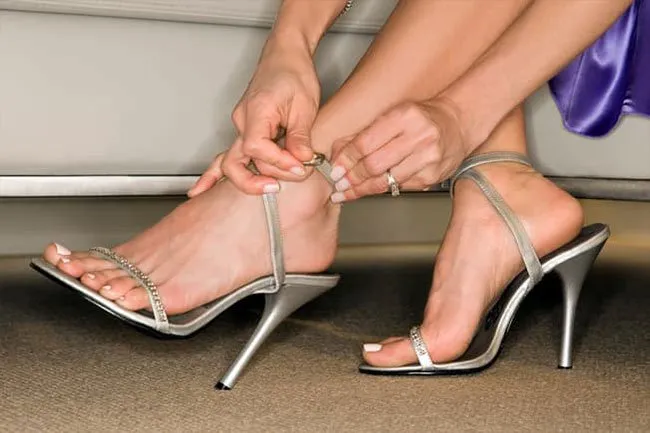
A study showed that older women who had mainly worn high heels were almost twice as likely to have bunions -- painful bony bumps alongside the big toe joints. High heels put pressure on the balls of your feet. This can cause pain, numbness, and even ankle injuries. Doctors suggest a heel height of no more than 2¼ inches. If heels are a must sometimes, wear them as little as possible and go with a comfy low-heeled shoe the next day.
You Think Inserts Aren’t For You
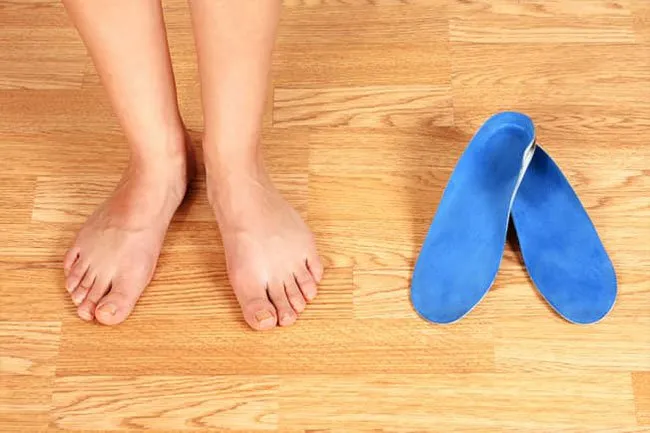
Those shoe insole displays aren't just for people with "foot problems." Arch supports can give your shoes a more custom feel. Gel inserts can save the day if you stand up a lot. Heel cups offer extra cushion as your skin thins with age. Try them out in the store if you can. Inserts aren't serious fixes, though. If you have diabetes, poor circulation, or any other foot concerns, see a podiatrist about custom orthotics.
You’re Stuck on Size

Swear you're an 8 but that 9 fits fine? Ignore the number on the box. So-called size differs across shoe styles and brands. Trace the shape of your foot before you go shopping. If a shoe that catches your eye doesn't fit your outline, move on. When you get a potential winner, try it out. Can you wiggle all your toes? Does your heel feel snug? (Nix a rigid back. It can cause a bony heel bump called Haglund's deformity.)
You Think You Can 'Break Them In'
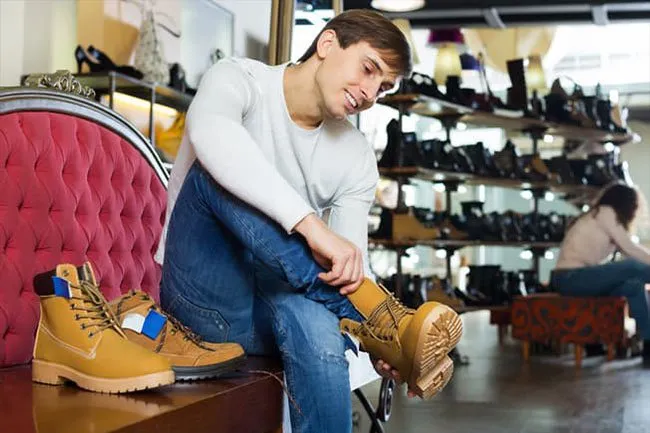
"Not broken in yet" means "too tight." Your new shoes should be comfortable right out of the box or off the rack. Be sure to try them on with the socks or hosiery you'll wear with them, too. Don't buy a pair the salesperson has to stretch. Yes, your shoes might loosen up over time. But it's easier to choose another pair than to put your feet through pain and even harm to get there.
Your Shoes Don’t Match Your Sport

Basketball players need high-tops that support the game's quick-change moves. Runners rely on shock absorption and good arch support. If you play a sport at least twice a week, it can hurt more than your game to wear the wrong shoes. A sports shoe expert can help you find a pair that can handle the action your game requires. Be sure to replace them regularly.
You’re Not Up on Your Arches

Hey baby, what's your arch type? It's key to know and easy to find out. Dip your foot in water and step on a sheet of cardboard. Study the print:
- Is the middle part of the print filled in about halfway? Your arch is normal.
- Footprint filled in? You have a flat arch. Look for a good walking shoe that keeps your feet from rolling inwards.
- Scarcely a print? You've got high arches. Seek extra cushioning to boost shock absorption.
You Wear Worn-Out Shoes
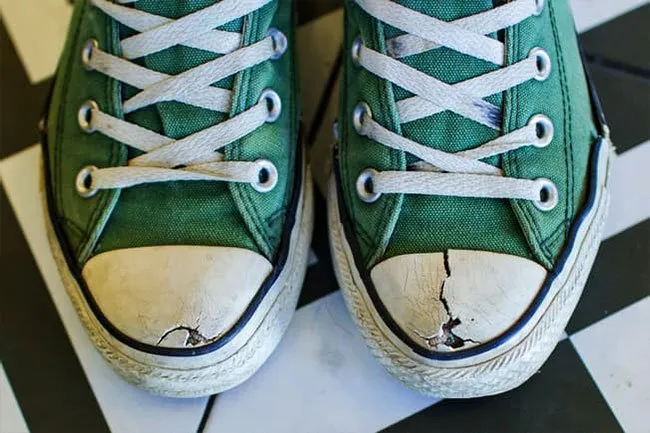
Shabby shoes can put too much stress on your heel bone and connected tissues. This can lead to plantar fasciitis, which is when the band of connective tissue under your foot stretches and tears. It's the most common cause of heel pain, and it hurts a lot. Heel spurs are another painful result of shoes past their prime. These bony growths under your heel bone can form when your foot muscles and heel bone membranes overstretch and strain.
Your Toe Box is Too Tight

Those pointy shoes might look smart, but they spell one tiny toe box. Add high heels, and the pressure on the ball of your foot will smoosh your toes into that tight triangle. This can lead to hammertoe, where your toes (usually the second one) start to curl up at the first joint. The more you wear shoes like this, the more the muscles attached to your toes can weaken. Look for a roomy square or round toe box that lets your toes lie flat.
You Shop for Shoes Online

And if the shoe doesn't fit … you wear it anyway, because it's a hassle to return that clunky box, right? There are lots of problems with virtual shoe shopping. The shoes might not fit your foot shape, or they could look great in the photo but be cheaply or poorly made. People -- especially women -- tend to skew small on size, too. If you keep and wear these bad fits, you're at risk for calluses, corns, and more serious issues.
You Buy Into Brand Hype
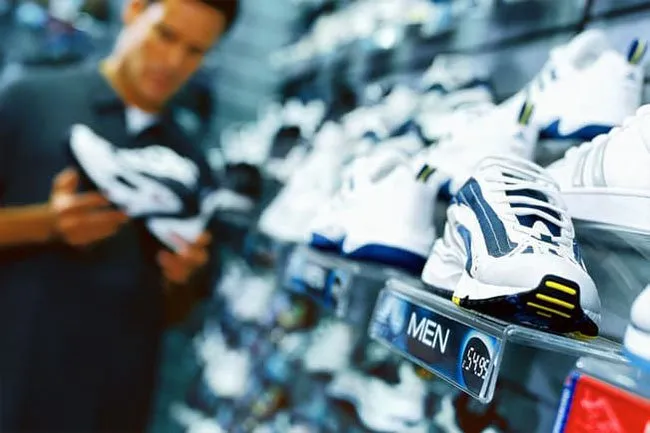
Flashy brands tend to suggest they're made just for you. You know they aren't. Trust your judgment. If the ad calls them "comfort shoes," but they feel like "cruel shoes," walk on by. Your shoes need to fit, feel good, and work for your life. Try to shop a store with a good selection at different price points. You're more likely to find your perfect -- and stylish -- fit.
You Shop for Shoes in a Hurry
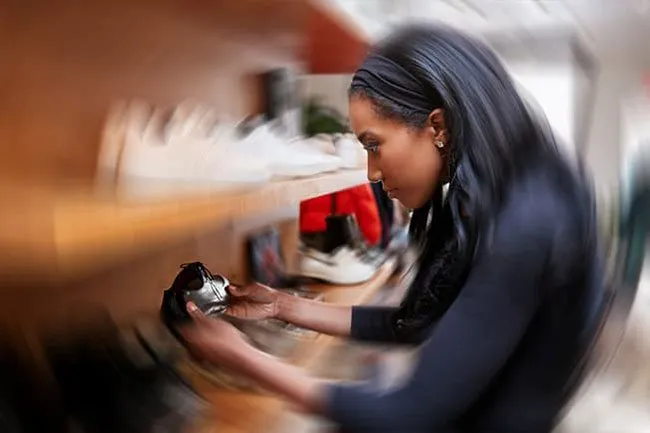
Your feet deserve more than a quick detour into the shoe department. Take your time. Lightly mash the tips to make sure there's about a half-inch of space from your longest toe to the end of the shoe. Feel the insides for tags or seams that might bug you. If you can, walk around on different surfaces. Notice the balls of your feet. Do you need a wider shoe? Check out the soles. Will they do the job?
You Shoe Shop Too Early in the Day

No matter how you spend your time, your feet can swell as much as 8% as the day wears on. So it's a good idea to hold off until afternoon to shop for new shoes.
You Wear the Same Pair Every Day
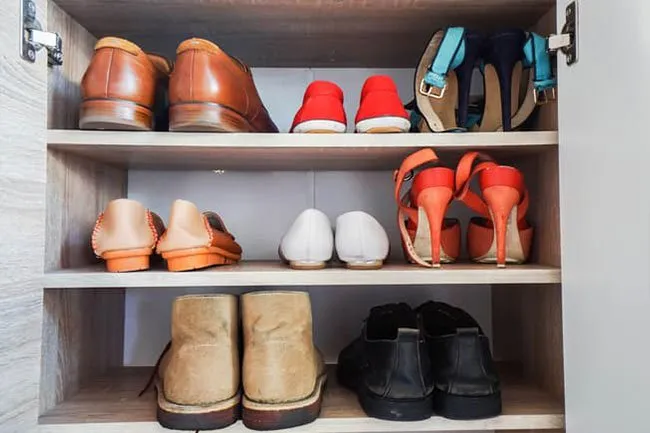
You put time and thought into buying your perfect pair. Now you can't wear them every day? It's a good idea to rotate your shoes every couple of days. They can use space to breathe. If you sweat a lot, they need a chance to dry out. Your soles and heels will last longer, too. If you keep them clean and in good shape, they'll serve you even better.
Mistakes You’re Making With Your Shoes (And How to Fix Them)
This tool does not provide medical advice. See additional information: 
© 1996-2024 WebMD, LLC. All rights reserved.
Source slideshow on WebMD
